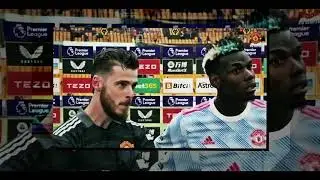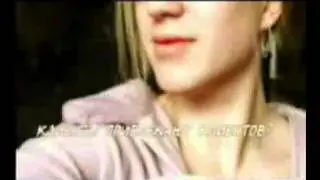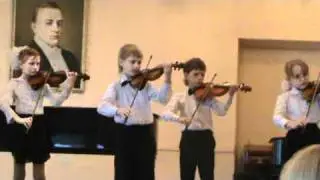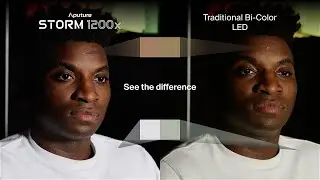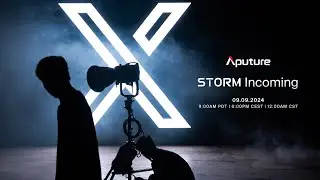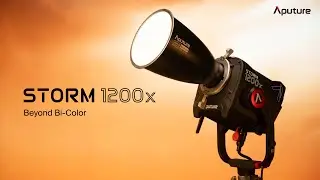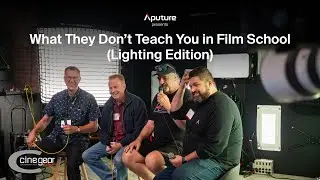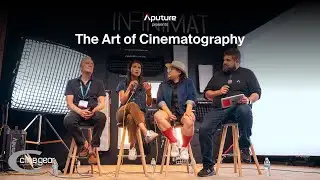Cinematic Lighting on Any Budget
Stay tuned to the end for a chance to win a prize!
As filmmakers, we want to get the best looking shots at all times. There are a few specific elements that can help make a shot more visually interesting to your audience. These elements can be used all at once, or by themselves, to make any shot look that much more professional. Today, director of photography Michelle Kwong walks us through how to create cinematic lighting, and she does it with high-end lights, and low-end lights.
In this video, Michelle shows us the steps she takes when creating cinematic lighting. First, she picks her frame. Placing an actor in the right place in frame can help add to the energy of the shot. Next, she uses a combination of camera settings and light placement to create background separation. Having the subject separated from the background can be more pleasing to the eyes and create more visual interest. Lastly, she uses the story and the environment to inform the way she lights the subject. In this case, the nighttime setting helped inform light from the moon and from a warm lamp.
The main techniques we will be discussing today are contrast ratio, color contrast, background separation. Contrast ratio refers to the difference in brightness between the dark parts and bright parts of the subject’s face. A higher contrast ratio can help guide your eye to the bright part of the face. Color contrast is the difference in color between the lights used in a shot. A classic example of color contrast is using warm and cool lights to light a subject. This can help the lighting stand out more. Background separation refers to how much the subject pops out from the background. Shallow focus, backlights, and background elements can all help achieve this effect.
Ultimately, a cinematic image is one that guides your eye towards the most important part. Cinematic lighting can take many forms, but the main purpose is to use lighting to guide your viewer’s eye to the most important part of the frame. More often than not that is the subject’s face. Using the techniques explained in this video, including contrast ratio, color contrast, and background separation, will help you guide your viewer’s eyes and tell your story better. After all, cinematic lighting is storytelling lighting.
Connect with Michelle: / michellemkwong
Connect with Elli: / elli.rahn1
Connect with Sheer: / sheerlovesong
Connect with Valentina: / valentina.vee
Want more free lighting and cinematography tutorials? Subscribe to us so you never miss an episode: https://goo.gl/QwazdM
🎥How to Light the Cinematic Film Look!
• How to Light the Cinematic Film Look
🎥Free Cinematography Lessons From Experts!
https://www.youtube.com/playlist?list...
🎥Subscribe to Aputure:
/ aputurephoto
/ aputure
/ aputuretech
/ aputuretech
🎥Connect with the A-Team!
Ted - / aputure_ted
Benny - / aputure_benny
🎥GET APUTURE GEAR:
https://aputure.com
🎥MERCH:
https://represent.com/store/aputure
🎥MUSIC:
http://bit.ly/pb_aputure
🎥GRAPHICS:
http://bit.ly/Aputure_RS
Summary:
Aputure's YouTube channel provides free high-quality cinematography, lighting, and filmmaking educational content to help you take your film projects to the next level.
